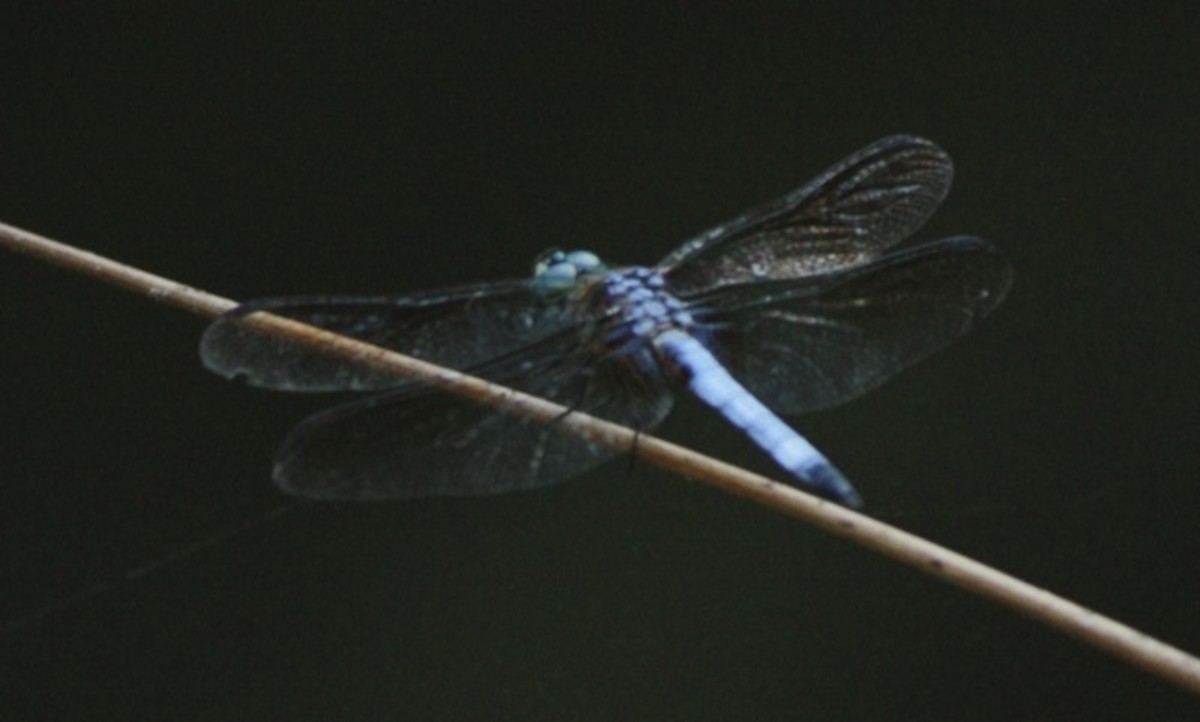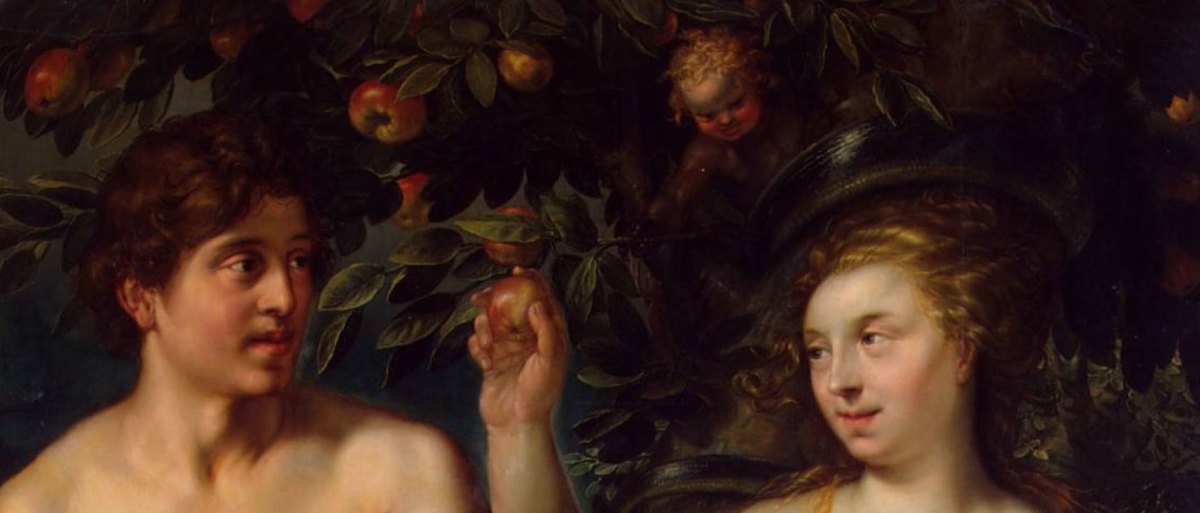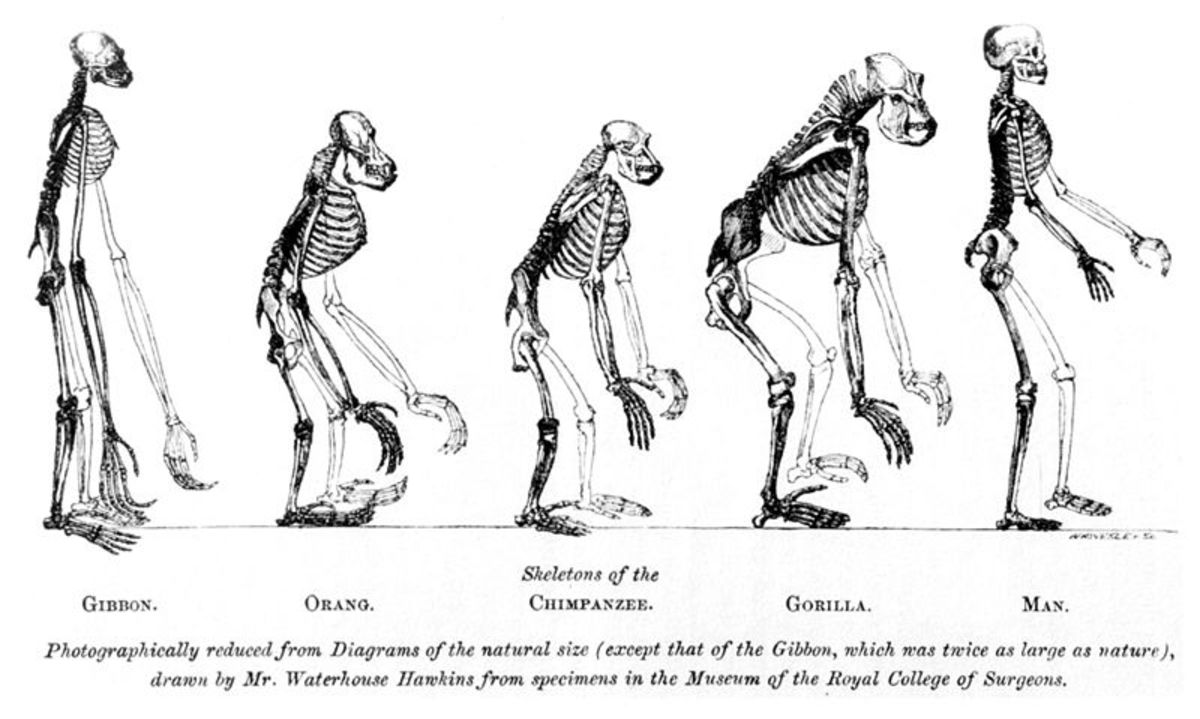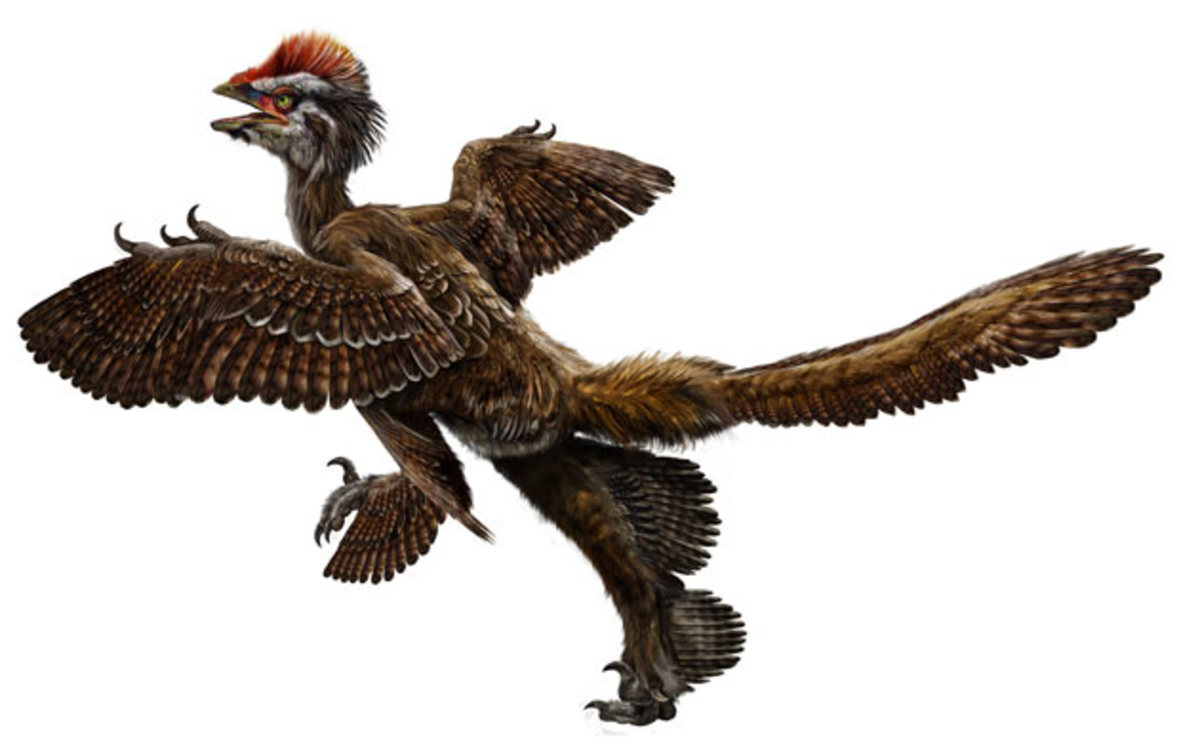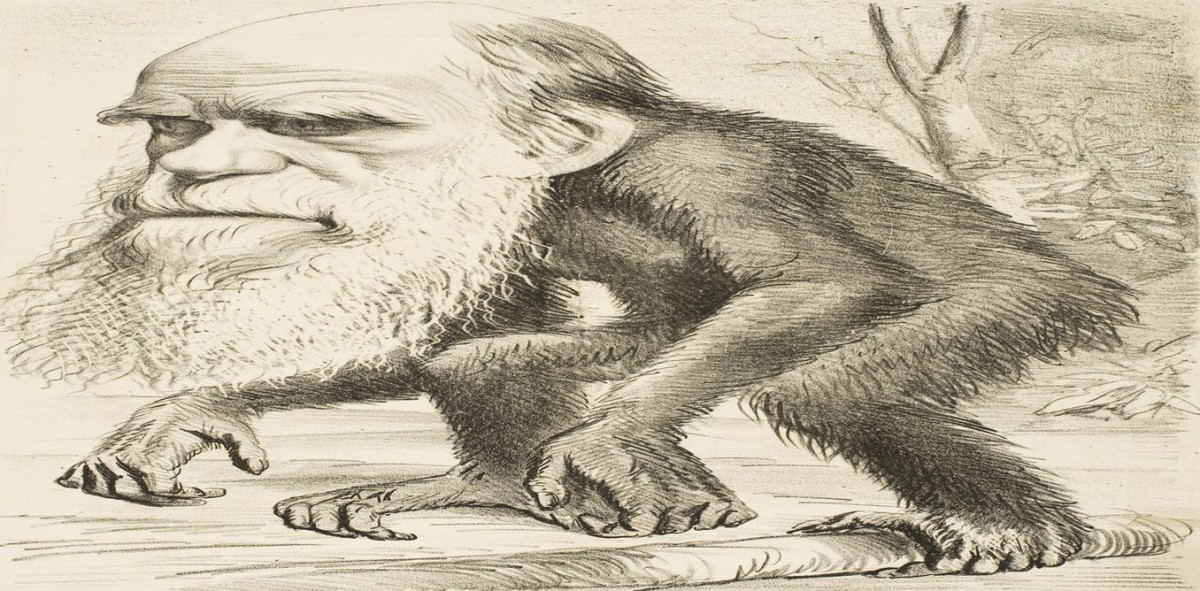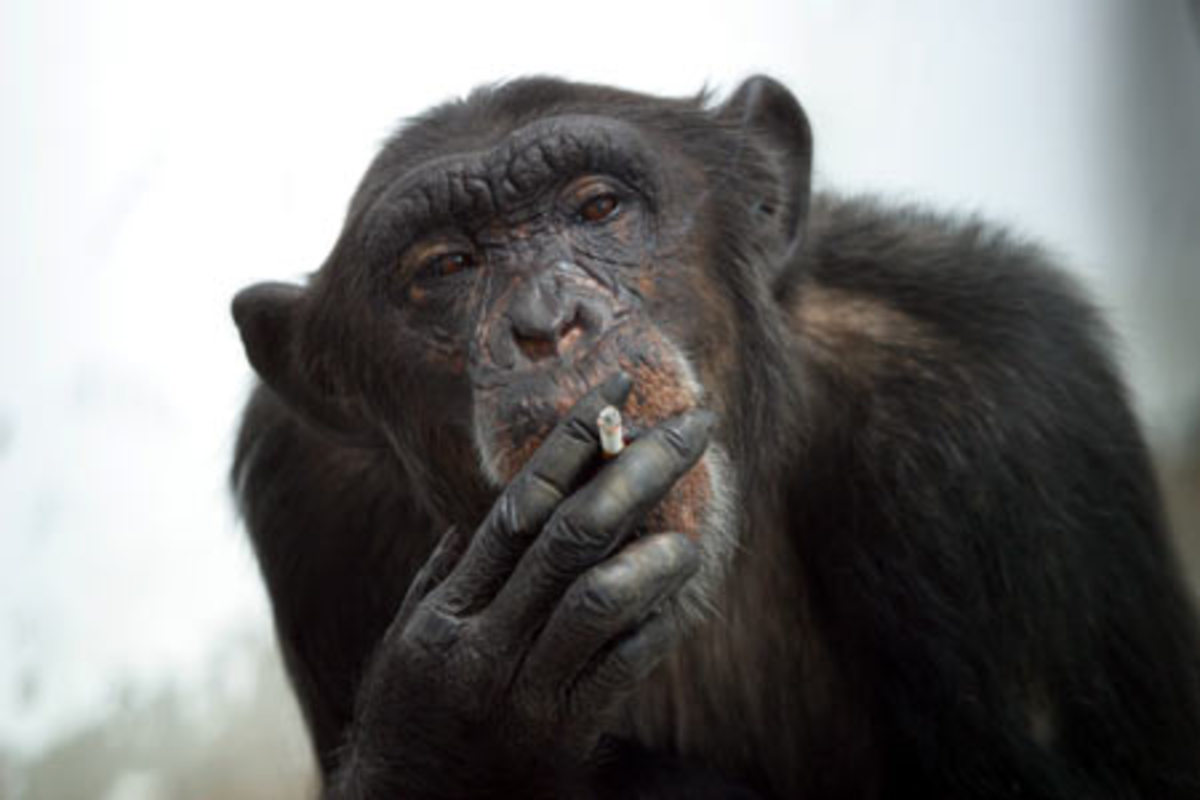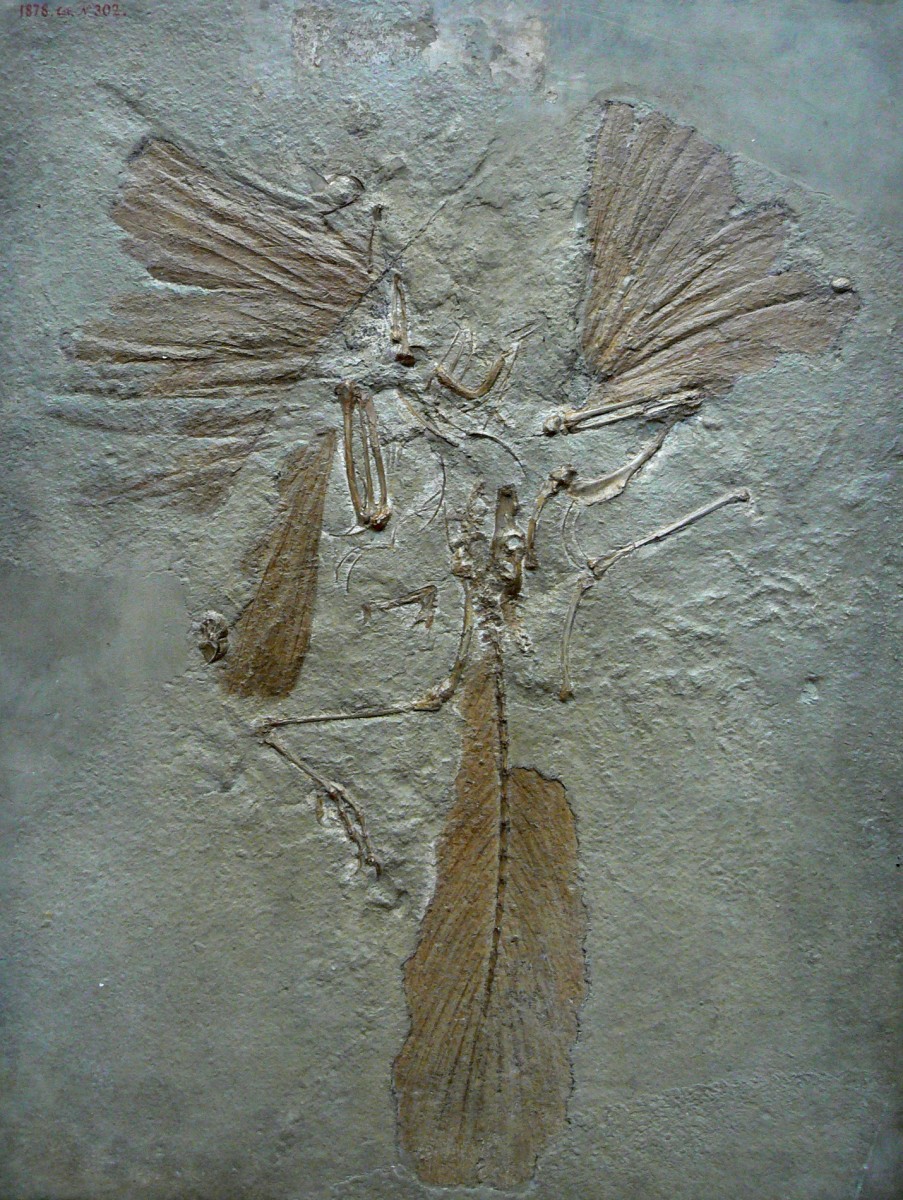The Evidence For Evolution
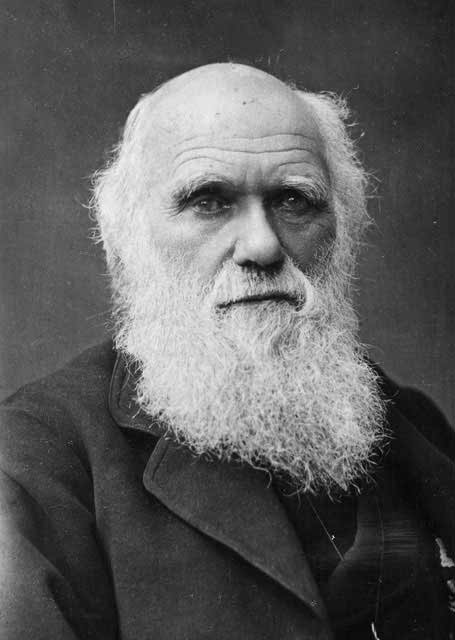
What is evolution?
Before I start talking about the different evidence for the theory of evolution I will first explain what evolution is in terms of variation, adaptation and selection.
Evolution can be defined as the process by which different kinds of living organisms develop and diversify from earlier forms of the same organism.
In a nutshell evolution works in the following steps:
- A variation occurs.
- The environment 'selects' these variations that give the species an advantage.
- Individuals that display this advantage will be able to survive and therefore reproduce.
- Their offspring will have this advantage/variation.
- The next generation will be better adapted to the environment in which they live.
- Over time the organism will become very well adapted to it's environment.
Examples of evolution today
There are many examples of evolution occurring in organisms that live today and a lot of the reasons why they evolve are due to human behaviours - some examples include:
- Pesticides were devised by humans to kill insects and pests that eat crops and this is now putting a huge selection strain on the insect population. The insects that are more susceptible to the pesticides will die and the individuals that have some kind of resistance to them will survive. These resistant insects are then able to pass on their characteristics to their offspring and very rapidly the population of insects become more and more resistant to pesticides.
- The use of antibiotics puts a huge selection pressure on the bacteria population. When a person is prescribed antibiotics the majority of the bacteria are killed and the person feels much better and stops taking them without finishing the full course. This means that the surviving few bacteria can reproduce and create a new population of bacteria that are resistant to that specific antibiotic.
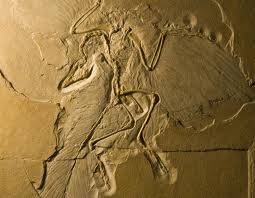
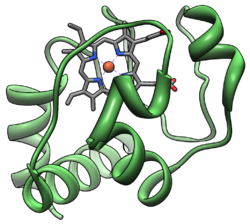
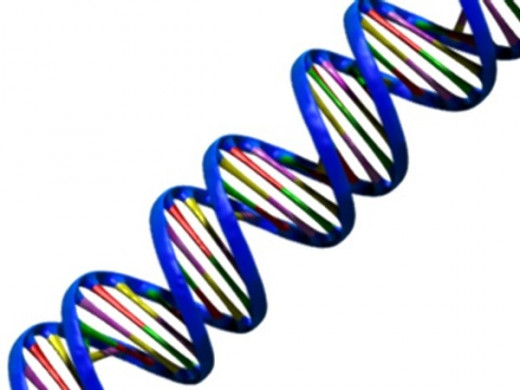
Evidence for evolution
Fossils:
- Charles Darwin (the person to initially propose the theory of evolution) studied a huge range of fossilised organisms so he could have evidence to support his theory. One fossilised organism that Darwin noticed changed over time was called the Brachiopod which appeared in rocks formed over 5 million years ago. They can be used to determine the age of rocks because the Brachiopods from different times had different characteristics due to evolution.
- However, Darwin wasn't the only person to use fossils as evidence for evolution. More recently it has been shown that the older a fossil the more simple the organism is and the fossils that were formed more recently show signs of being more complex (such as humans). The evolution of humans can be seen in fossils that can be dated back to 3-4 million years ago.
- Archaeopteryx is a fossilised organism that is thought to be one of the earliest birds and shows characteristics of both reptiles and birds.
Biological Molecules:
- Very recently biological molecules (for example cytochrome c) have been used as evidence for evolution.
- If one species gives rise to another species it can be assumed that they will both have the same biological molecules. Seeing as certain molecules are found throughout the living world this suggests that all species would have evolved from a common ancestor.
- It has also been found that two species that have recently evolved to be separate from each other will have the same, if not very similar, biological molecules compared to those who evolved to be different species a long time ago, whose biological molecules will differ a lot more.
Variation in Proteins:
- DNA/RNA polymerase are proteins that are found in all living things.
- The central part of these proteins have been found to be the same in pretty much all living organisms however, higher organisms will have extra subunits which will improve the action of the protein but not the basic function.
- The genes of organisms can also be compared by the sequence of the DNA bases.
- Species that are more distantly related will have more of a difference between the arrangement of their DNA bases and comparisons can show evolutionary relationships.

